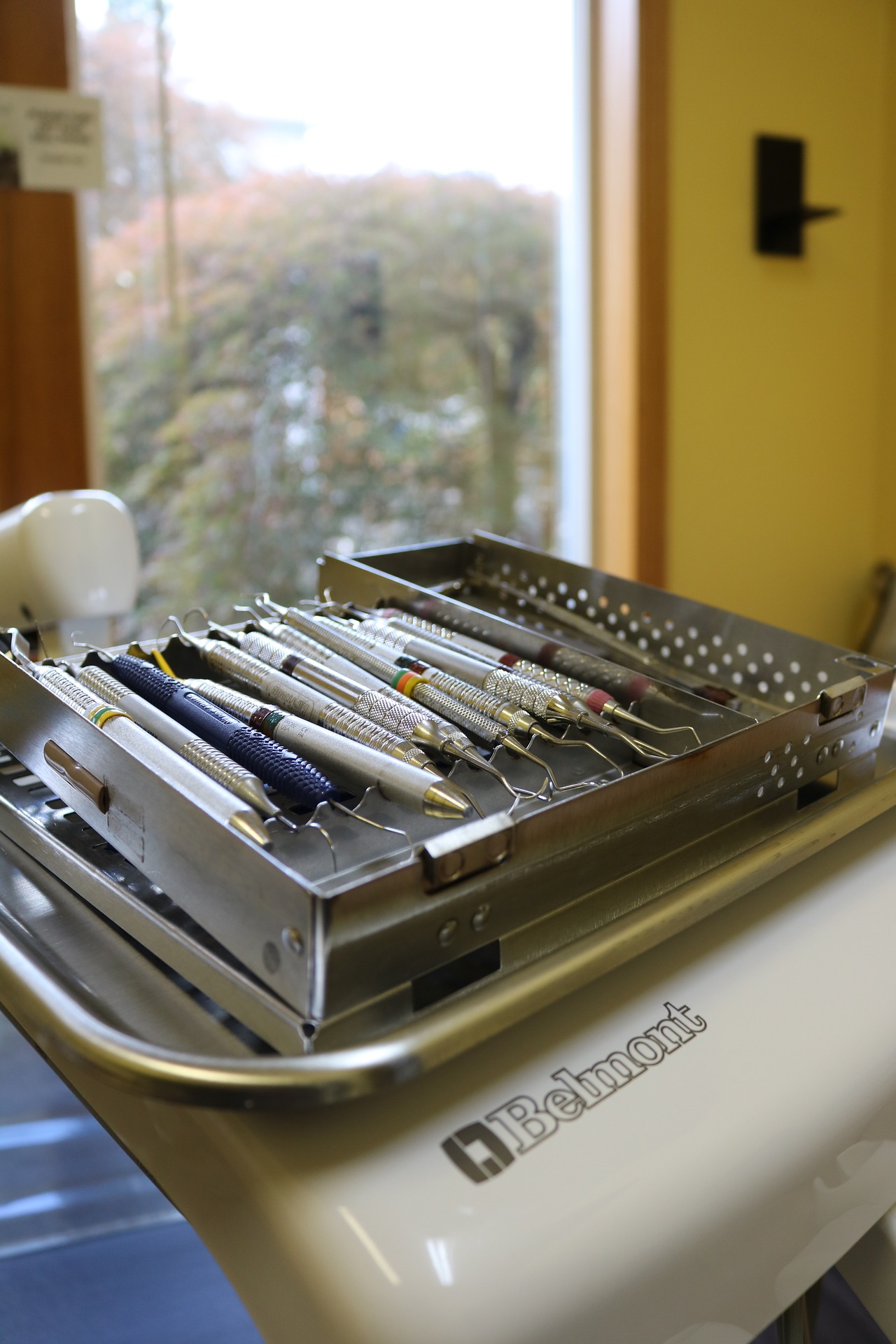It is important to know what are dental cleaning tools being used by dentists in Newmarket to help you understand every procedure. Dental cleanings lead to anxiety because of the unfamiliar dental cleaning tools that dental hygienists put in their patient’s mouths. Although none cause pain or discomfort, they make strange noises and create odd sensations. Knowing what is happening can help you feel more comfortable in the dentist’s chair during a dental cleaning in Newmarket.
Ultrasonic Instruments
The dental hygienist will usually start the cleaning with an ultrasonic instrument. It uses vibrations to knock away large pieces of tartar, leading to a hum or high-pitch whistle. At the same time, the instrument sprays water to wash and maintain the right temperature in your mouth. If the instrument tickles, tell the dental staff, and they will adjust the settings.
Scalers and Curettes
To remove smaller pieces of tartar, dental hygienists switch to fine hand tools called scalers and curettes. Scalers are used in the supra-gingival area, while curettes are used in both supra-gingival and sub-gingival areas. These curved metal tools gently scrape your teeth clean.
Slow-Speed Hand Piece
After removing all the plaque and tartar, the dental hygienist will polish your teeth with a slow-speed handpiece. This equipment is used in performing prophylaxis and other endodontic and implant procedures. It has a soft rubber cup containing prophylaxis paste, much like toothpaste, but has a gritty texture to smooth teeth.
Foam Tray
At some cleanings, your dentist will also offer you a fluoride treatment. The dental hygienist will add fluoride as foam or gel to a flexible foam tray. You will keep the tray on your teeth for 30 seconds. Although the fluoride may taste delicious (it comes in many flavours), you need to spit out as much as possible after the treatment, as it is not meant to be ingested in large amounts.

